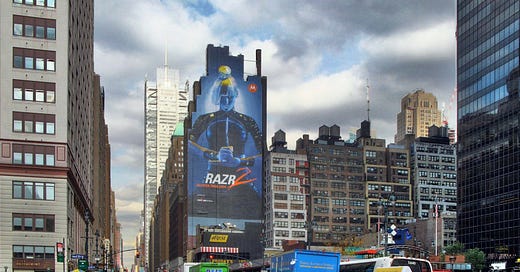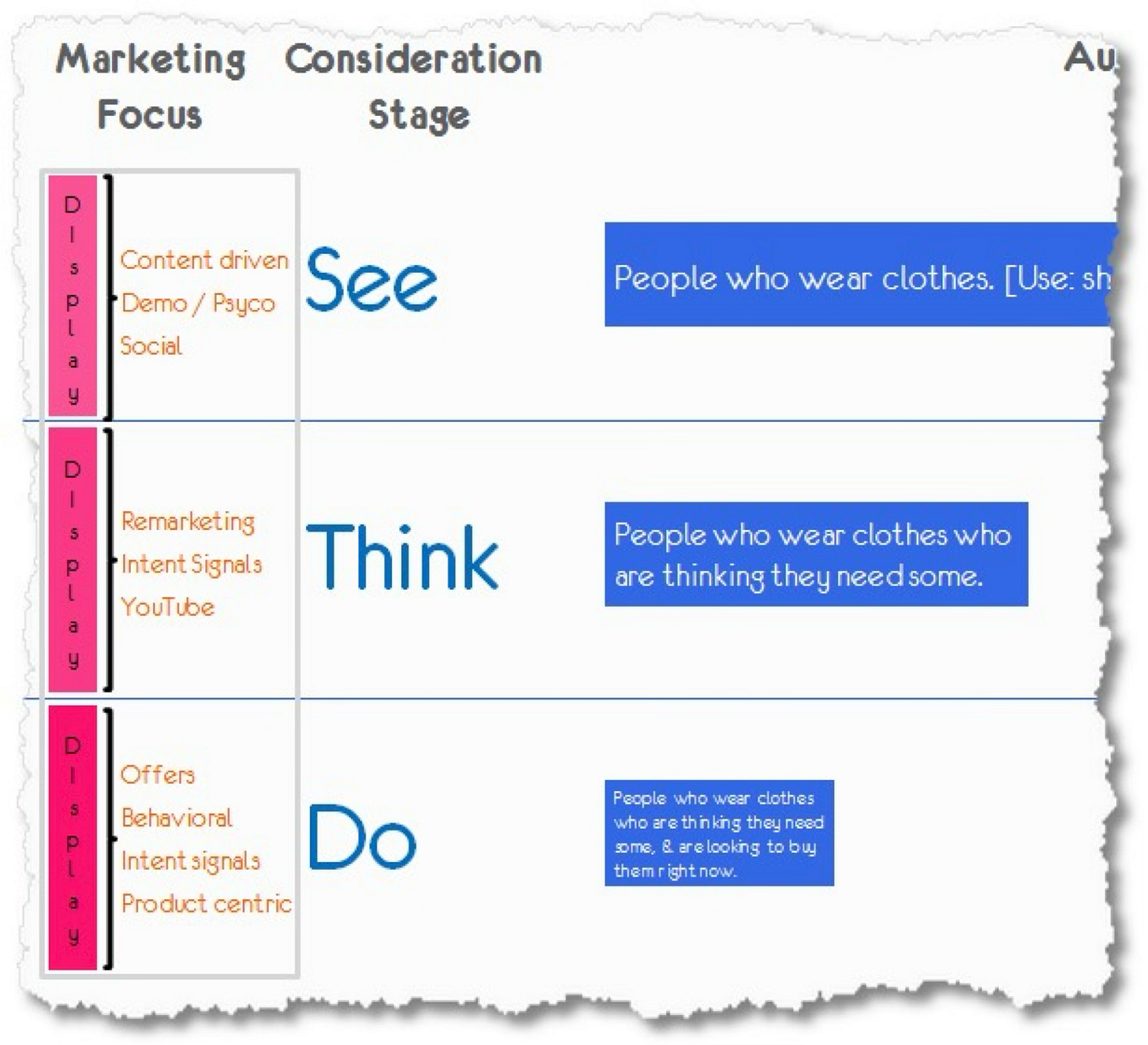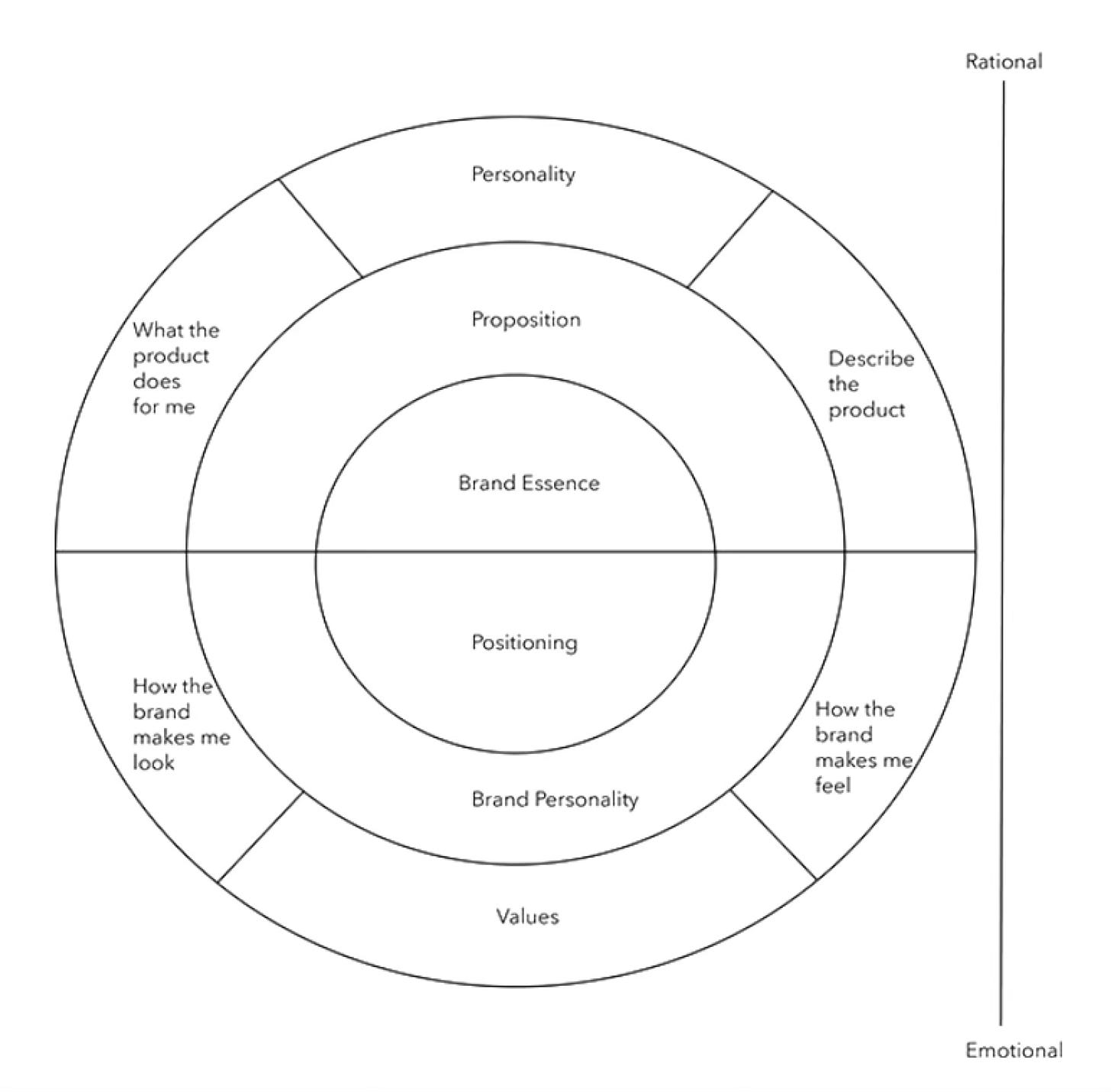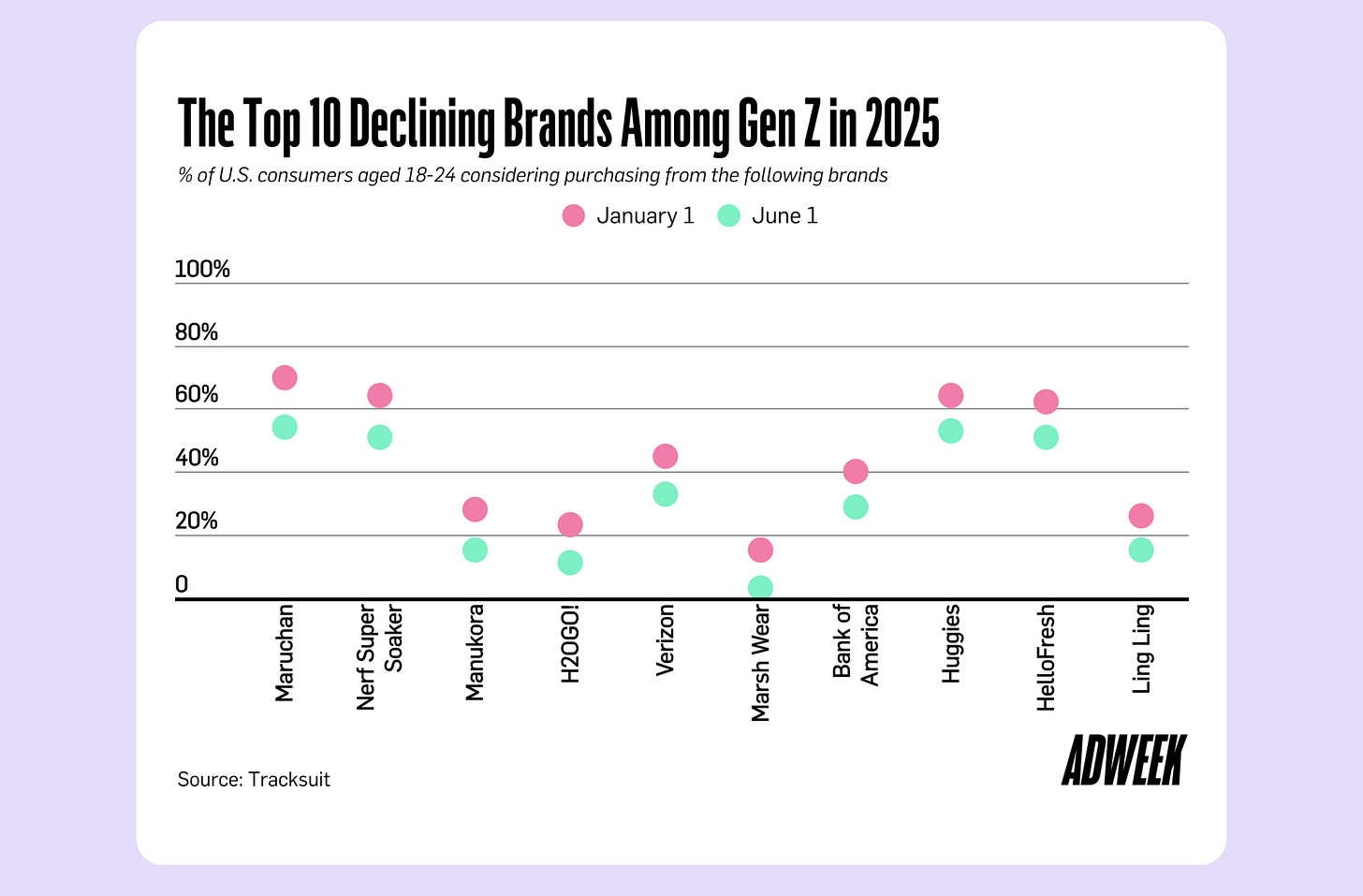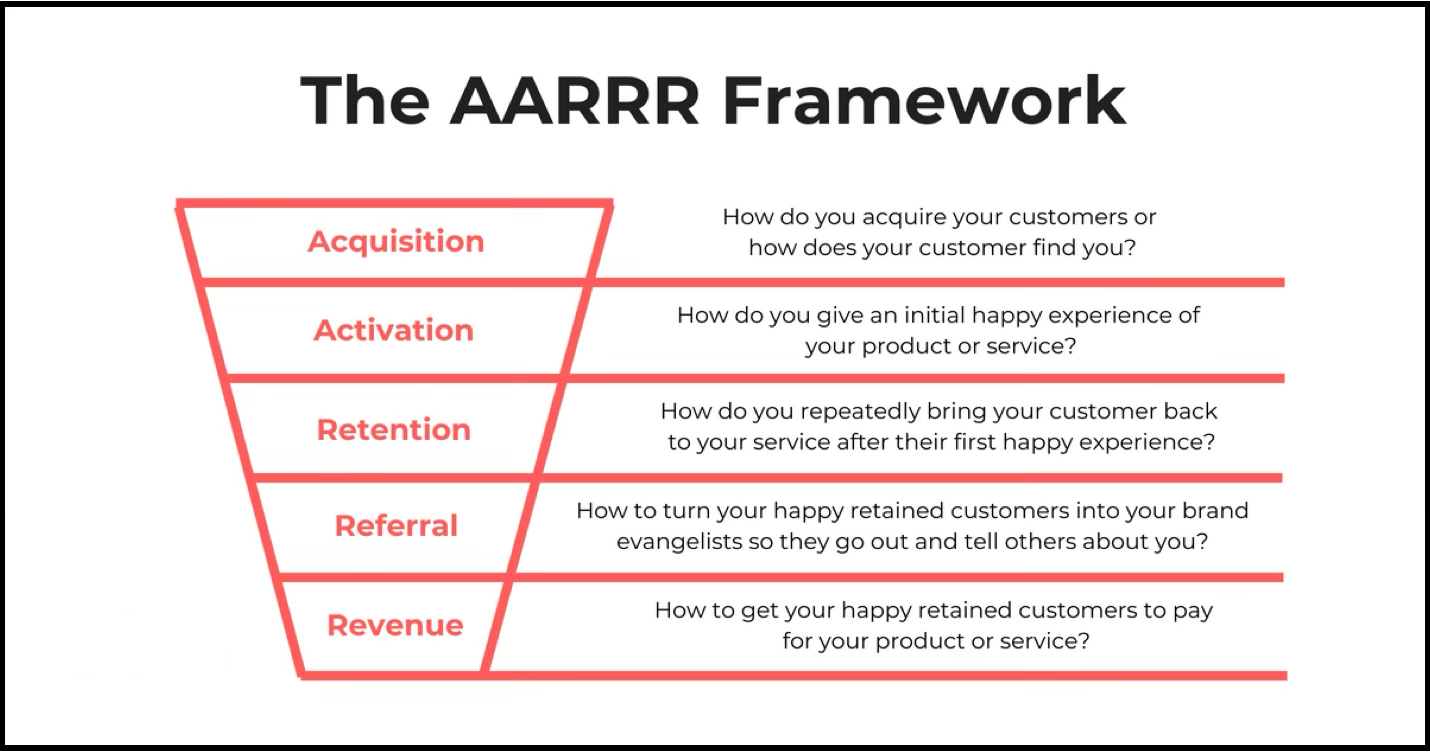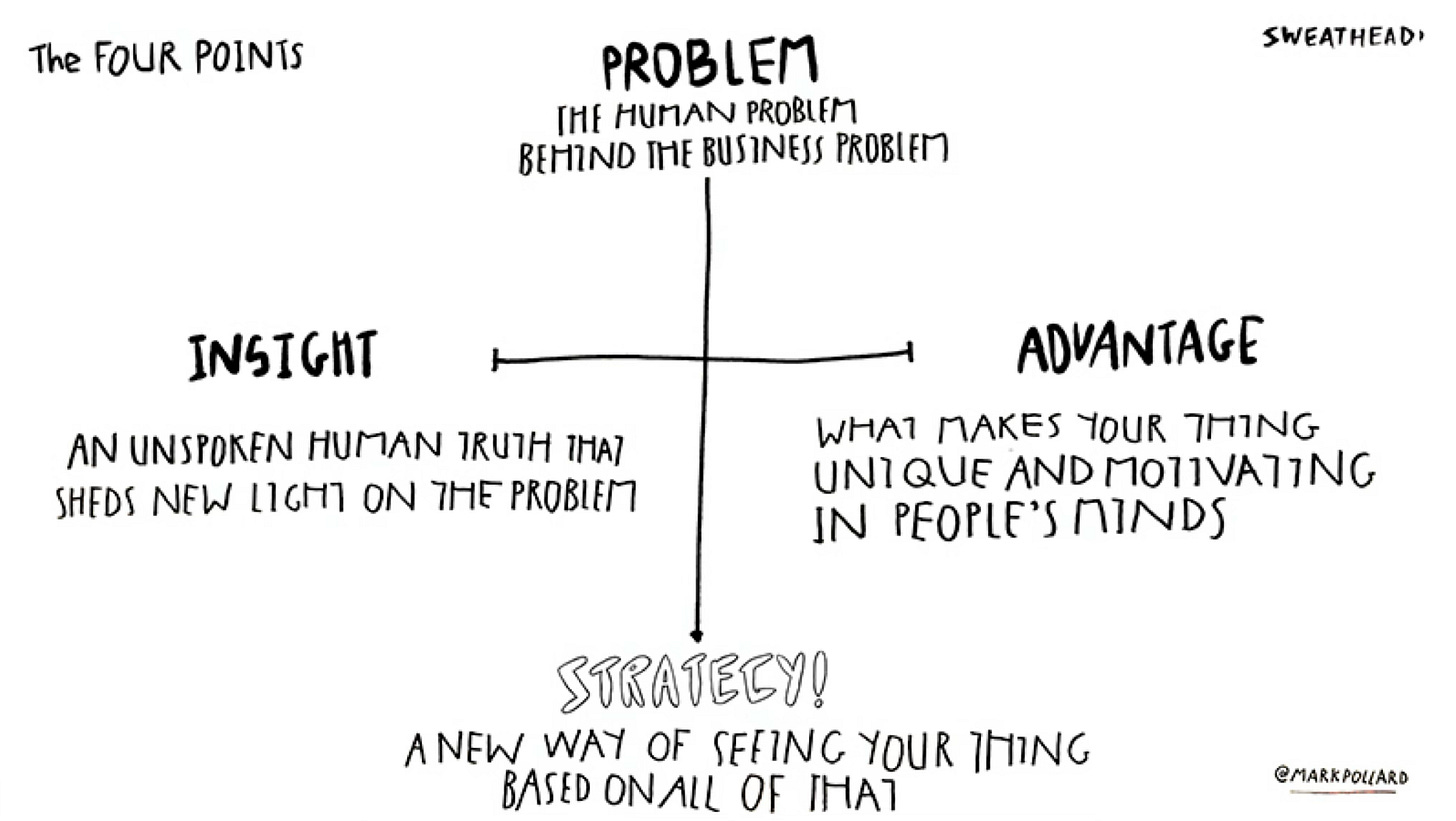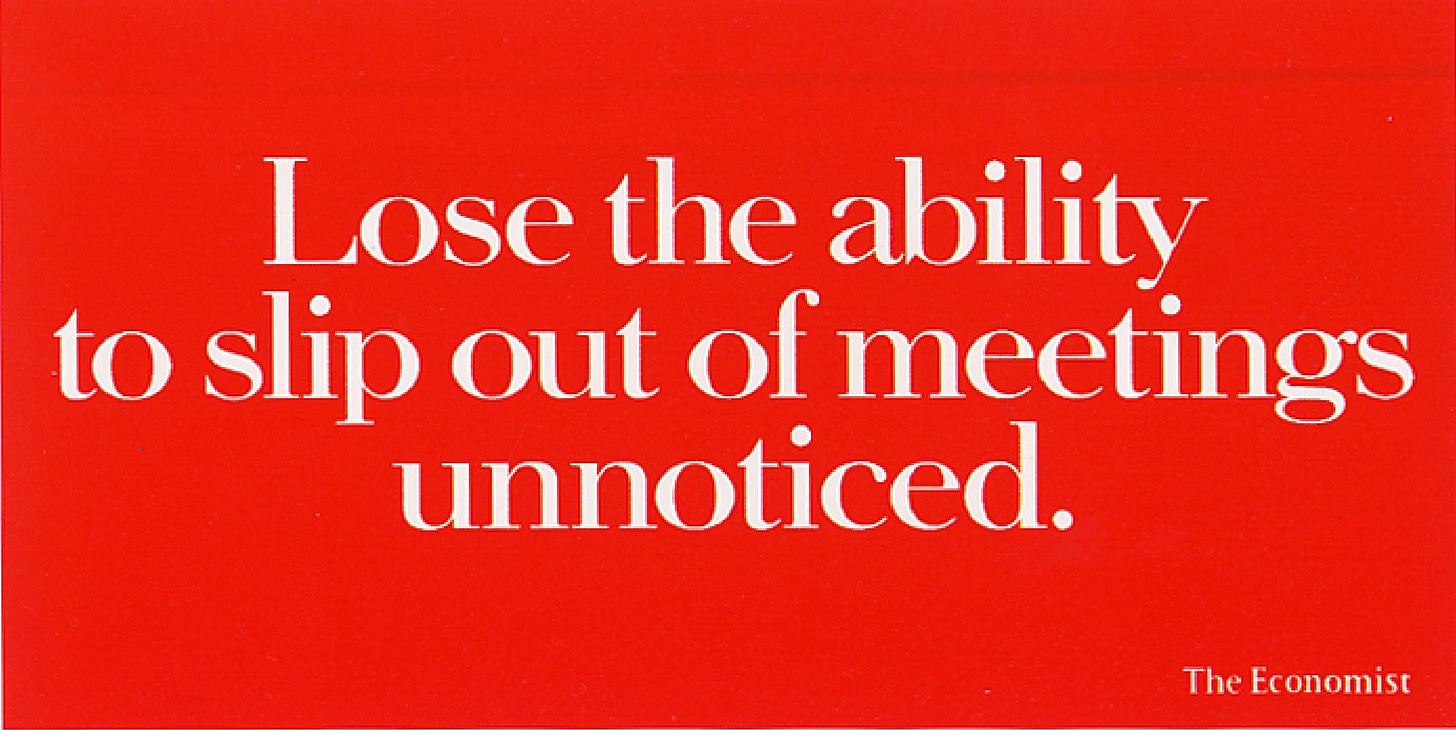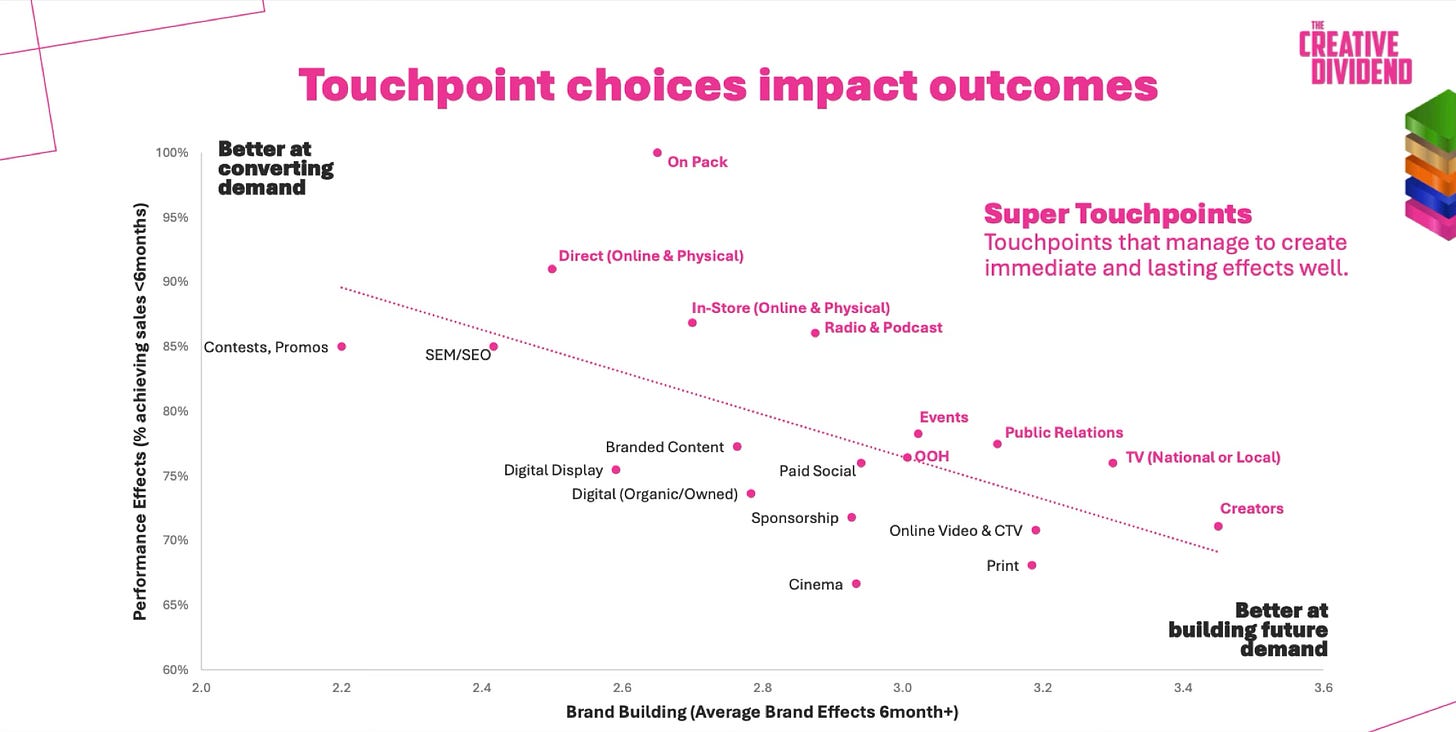15 Marketing frameworks that work + branding on social media
Fix your brand: Strategy & Creative frameworks, lessons from fake Economist ads and winning attention in golden age of skippable media.
There are limitations to every framework, especially the popular ones. You have to use them correctly to get your marketing work done.
My personal take? Frameworks are often ruined by too many explanations. Everyone’s got one, and if you rely on someone else’s definition, it defeats the purpose of using a framework in the first place. You have to put yourself or your brand in the frame, not your boss or some annoying workshop organizer.
So, no explanations from me below.
Before you go further, Attention is like money–you can waste it or invest it. If you invest it in my paid newsletter, you'll get dividends for years.
1. Keller’s Brand Equity Pyramid
2. SEE/THINK/DO by Avinash Kaushik
3. On Ketamine and Added Value by Dena Yago
4. Product marketing Wheel by PMA
In partnership with Tracksuit
The Brands Winning and Losing Gen Z in 2025
According to new Tracksuit data presented in partnership with Adweek, it’s clear some brands have excelled at capturing Gen Z’s dollars, while others have a lot of catching up to do.
So, as we approach the midpoint of 2025, which brands are cashing in on Gen Z, and what can your brand learn from their playbook? Let’s dive in.
Between January 1st and June 1st, purchase consideration for Coca-Cola among U.S. consumers aged 18-24 increased from 56% to 71%. Coke’s 15-point jump was larger than any other recorded for Gen Z adults in the same age range.
The dating app Hinge, which recently rethought its marketing message to speak to dating app-weary youths, has also seen its purchase consideration score rise 14 percentage points during the same period.
Both brands launched new campaigns focused on socialization and IRL sharing. Instead of simply promoting a product, they communicated a compelling “why” to build stronger emotional connections with Gen Z.
While a change in seasons might influence which brands are rising and falling with Gen Z in 2025 so far, most brands can only persuade about half of consumers to move down the marketing funnel from awareness to purchase consideration.
Doing so, however, is critical, given that the vast majority of product categories have fewer than three brands competing against each other at the purchase consideration level. Although not an easy task, brands that lean into the core strategies of establishing consistency, distinctiveness, and emotional connection can earn a place in Gen Z’s limited consideration sets.
Wanna know how your brand stacks up against the competition when it comes to Gen Z love? Enter Tracksuit. The brand tracker built for a new era of marketing.
Download Tracksuit’s latest guide, Track the Field, designed to help marketers and agencies leverage the power of brand.
5. The Effectiveness Ladders by WARC, Cannes Lions & LinkedIn
6. The Marketing & Pirate Funnel
7. The Four Points by Mark Pollard
8. The 4Cs Framework for brand strategy.

9. Get/To/By Framework from BBDO
Get - Target consumer
Who - Consumer Problem
To - Desired response
By - One message/action
- Julian Cole’s interpretation of the formula.
Get [Audience] who [Barrier to purchase]
To [Action or perceptual shift]
By [Organising theme & motivation]
- Mark Pollard’s interpretation of the formula.
10. The Consumer Trust in Brands Framework
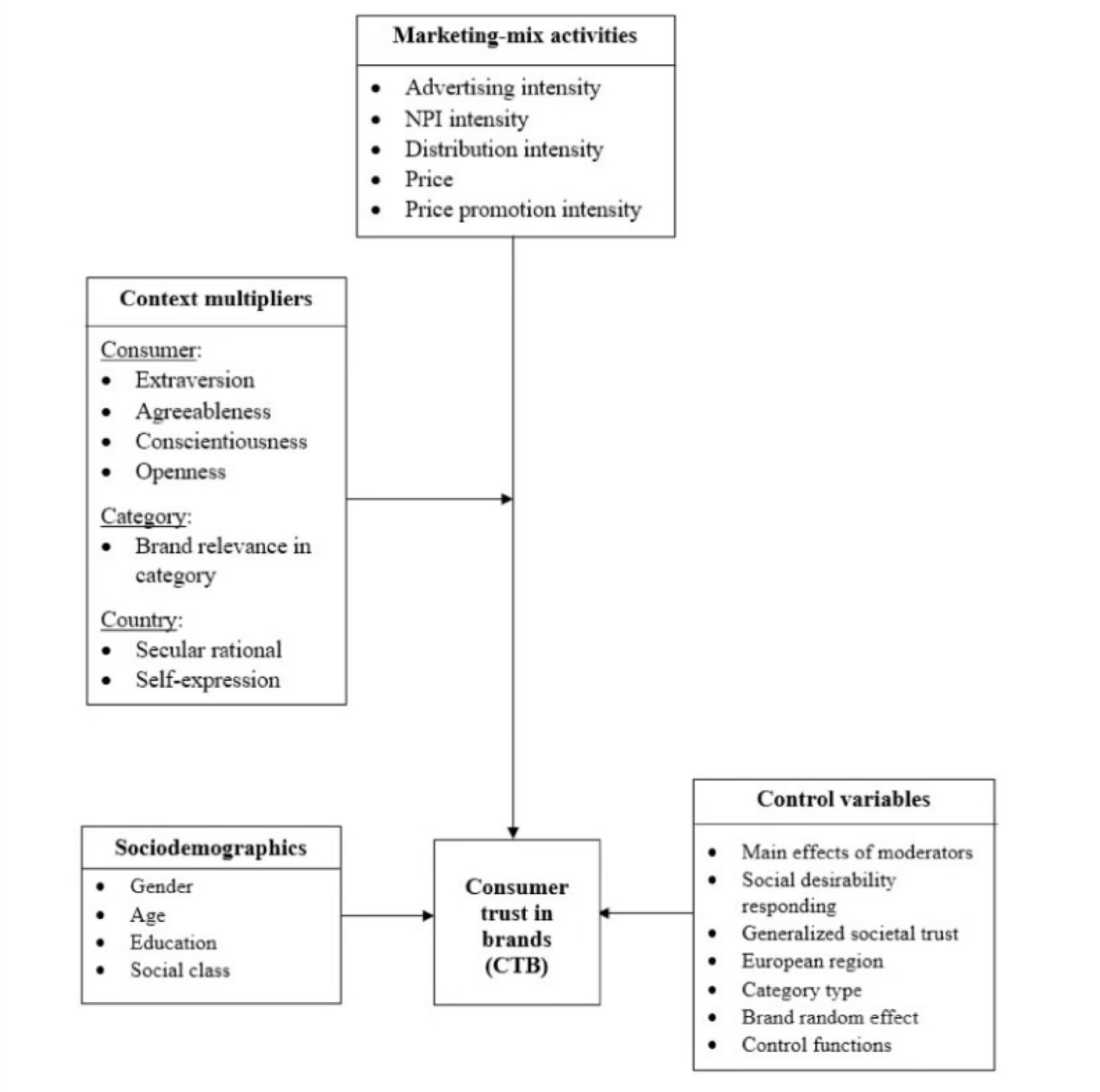
11. Hankins Hexagon by James Hankins
12. A Futurist's Framework for Strategic Planning
Instead of arbitrarily assigning goals on a quarterly or yearly time line, use a cone instead. First identify highly probable events for which there's already data or evidence, and then work outward. Each section of the cone is a strategic approach, and it encompasses the one before it until you reach major systems-level evolution at your company.
13. The GACC Framework by Emily Kramer from MKT1
14. The Category Entry Points Framework from How Brands Grow by Byron Sharp & Jenni Romaniuk
15. The Hero’s Journey by Joseph Campbell
Bonus/The Usual: The SWOT Analysis
What happens when people like templated work?
Chat, is this real? These new The Economist ads have gone viral and are getting mixed reviews from creatives and marketers on social media.
Why? There’s a 99.9% chance these campaigns never actually ran in real life, and no agency has come forward to claim the creative work. Nonetheless, people love it more than the actual campaign.
Recently, The Economist launched a new campaign and brand platform with Nomad Studio – “Know which way is up.” They also updated their brand identity and introduced a new distinctive brand asset: “▪️”.
The real work, done by the brand and agency Nomad Studio, is more original and well-grounded in brand heritage. Meanwhile, the potentially fake campaign uses the iconic red-and-white campaign from AMV BBDO as a template. Is it wrong? Maybe. Do we need this type of work? I think so.
The advertising industry is known for not giving good creative work a second chance. A ton of great work goes unnoticed or launches before Cannes Lions. People at agencies and brands worry more about what other brands might think of their reuse of old ideas.
Recently, I posted a carousel featuring award-winning ad campaigns from Tabasco hot sauce. The majority of people had never seen that work, including many industry veterans.
Up until now, this "one and done" dynamic has led students to reimagine old campaigns to land jobs and build portfolios. With generative AI, we’ll likely see an acceleration of brand lovers and students using templated structures from ads they admire to reimagine how they’d do it themselves.
Free publicity? Yes. Originality? No. Industries like fashion are already suffering from the “everything is a reference” effect. There’s space for this kind of fake creative work, but we need to regulate it and support it in a way that brings in great talent and people who genuinely love advertising.
The real reason your brand is STILL on hold
The annoying questions like “Why isn’t this viral yet?” or “Have we tried this XYZ tactic?” haunt every marketer and brand owner trying their best to make something out of nothing.
If you’re treating social media and content as just a subset of tools to get more attention for your brand, you’ve already lost the plot.
Cause
We are living through the golden age of skippable media and fast-paced content. Even your best customers scroll past your brand at different times.
Attention promises you customer acquisition, not retention. That single benefit will, sooner or later, disappear as your hooks and cheap tactics become dull and generic.
Research shows that brands with dull media require an estimated extra annual spend of $198 billion over current levels to match the average short-term sales uplift potential of non-dull media.
Lies
The platforms will lie to you: the post with the least value and effort will go viral. The notifications will prompt you to keep doing more of what works, but then you’ll get stuck for months. Why?
Your organic post analytics show visibility, not consideration. Unless prompted, people are simply consuming whatever the feed shows. Your brand narrative should prompt and break the loop, not blend in.
Meanwhile, your ads manager will show that CPMs are declining, but in reality, your dull ads just need more time to work.
80/20 Strategy might not work
Even if your ad creative or organic content is good, how you support it through media formats and distribution makes a big difference.
Right now, brands with good creative are supporting 80% of their work through slow-paced media formats. The bad ones are simply dumping their work onto fast-paced platforms. Research suggests the classic Pareto Principle should be replaced with a 60/40 split to keep your brand in the ROI loop. But how?
Question
On every platform, you need to ask one question: does the platform and user behavior give the creative idea enough attention time to land and build memory, or is it being starved before it starts?
I have the answer for brands on TikTok, straight from people at TikTok: don’t stop to highlight the celebrity and the logo, keep it moving in the first few seconds.
The Ship
Take this advice with a grain of salt, it’s coming from the platform itself. TikTok research says that to win active attention and build memory, you need to be a showman instead of a salesman: entertain or die.
A balance of both is my preference, but TikTok’s message is clear, they push entertainment.
Blurred
YouTube and Meta aren’t particularly focused on helping brands with long-term brand building. But we do have researches from Snapchat and the Effies that outlines what to do on these fast-paced platforms and which media formats to invest in for brand building.
Different media formats carry different weight when it comes to brand building. On platforms like Reddit, there’s more reliance on how you format your message than on what it says, because first, you have to show you're part of the community, then say what you want.
On platforms like TikTok, events, and influencer marketing, the power shifts more toward the creative, with media making up the 40 in that 60/40 equation.
Move On. . .
On fast-paced platforms, one media principle applies to every brand, especially the small ones:
Don’t obsess over data and short-termism. Instead, track how your creative effectiveness is compounding in comparison to your media spend and distribution.
Most brands are stuck at the awareness stage because their volume of messages doesn’t align with their creative platform, or it’s the opposite.
The brands you see doing everything, everywhere, all at once have budgets. Most aren’t strategic; they just have enough going for them, like access to shelf space at the local store and a presence at some random industry event.
Piece By Piece
Simply put, they have access to an organized space that helps them appear more categorized to the average buyer. Everything else is just the cherry on top.
You don’t have that same access as that brand or agency. That’s why you need to do what LEGO did to save their business: replace the chaos of a gazillion LEGO pieces with a few brick designs that do the same work with less mess and more joy.
The pieces you need to get your brand unstuck on social media are:
A balance of creative and media strategy to keep both growth and the bosses happy.
A brand message that helps people see themselves as different for following your work.
Branding that enables others to recognize and recall your brand.
Back on…

